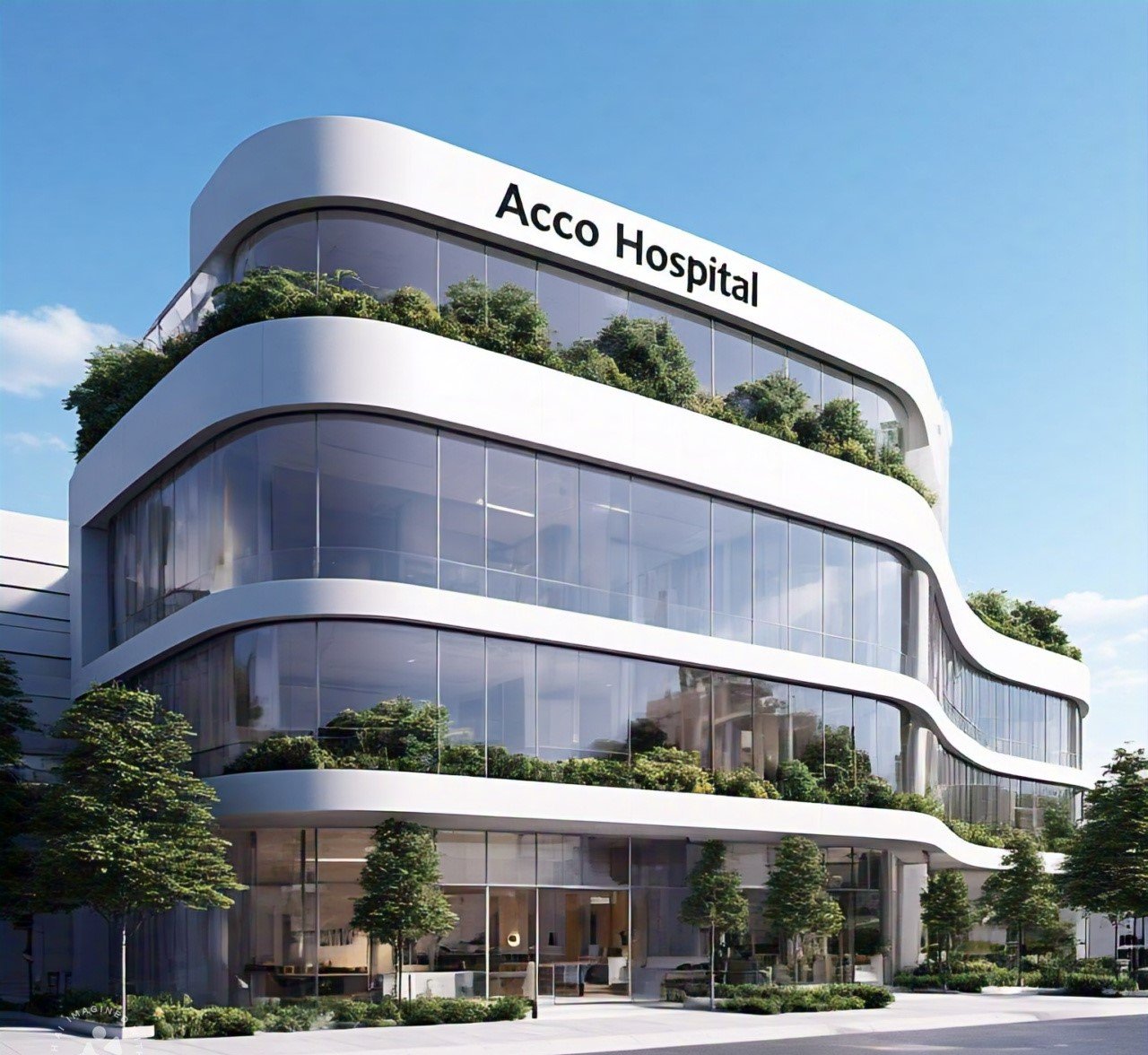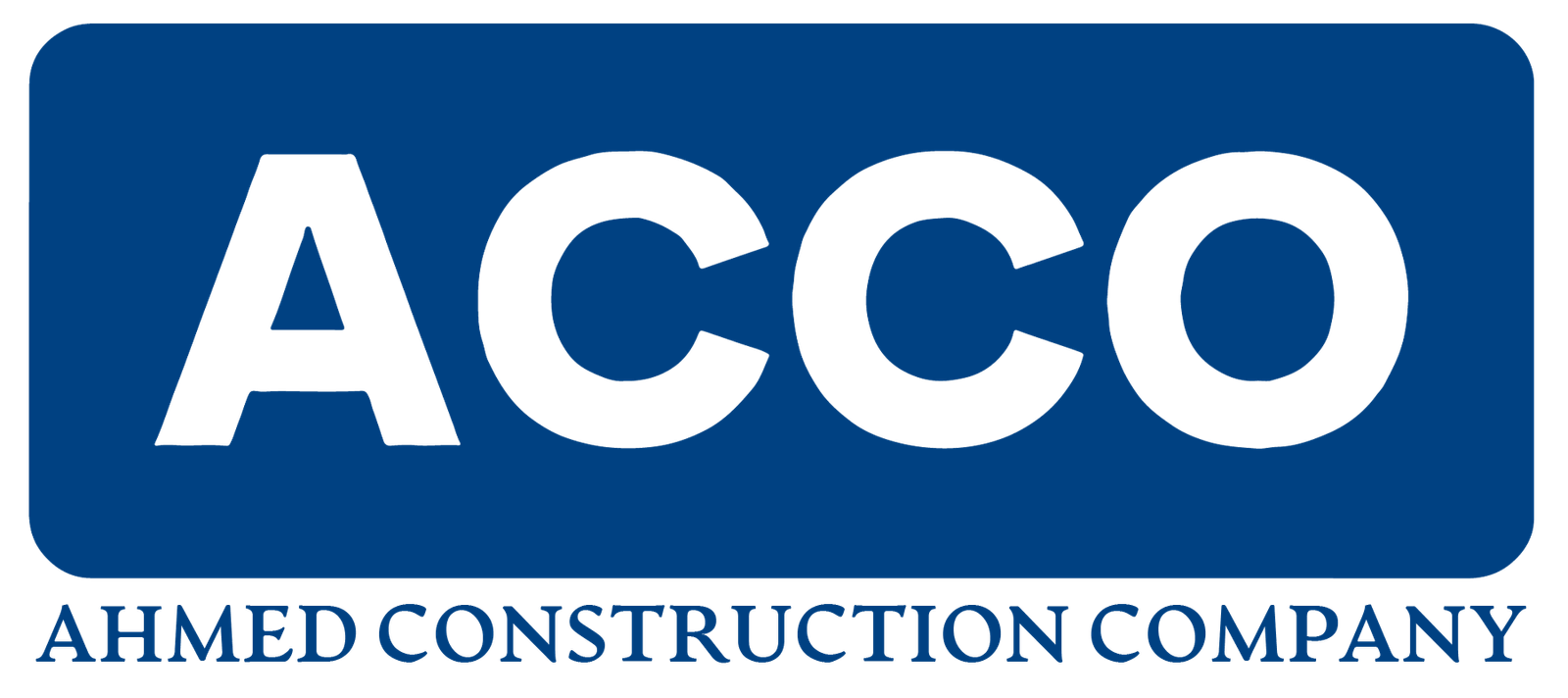
🏥 Cancer Hospital Design in Pakistan – A Complete Guide by ACCO Construction
🏢 Introduction to ACCO Construction
ACCO Construction is Pakistan’s premier construction and design consultancy firm specializing in healthcare infrastructure, including hospital design, construction, and project management. Based in Lahore, ACCO has over 20 years of experience in delivering complex medical facilities across Pakistan and the Middle East.
Our expertise includes:
Cancer Hospitals
General and Teaching Hospitals
Children and Women Hospitals
Eye and ENT Care Centers
Diagnostic Labs and Imaging Centers
At ACCO, we combine modern architecture, MEP design, and turnkey construction services to provide end-to-end hospital design solutions that are functional, sustainable, and patient-centered.
🧬 Topic Introduction: Why Cancer Hospital Design Matters in Pakistan
Cancer is the second leading cause of death globally, and in Pakistan, its incidence has been rising alarmingly. According to the Shaukat Khanum Memorial Cancer Hospital, over 150,000 new cases are reported annually in the country. However, access to quality cancer care facilities remains limited outside major urban centers.
Designing a cancer-specific hospital is not like designing a general hospital. It requires specialized infrastructure for:
Radiation Oncology (LINAC)
Chemotherapy Units
Brachytherapy
Imaging (PET-CT, MRI)
Pathology Labs
Isolation Rooms for Immunocompromised Patients
Thus, the design must be technically compliant, emotionally supportive, and future-proof. ACCO Construction offers expert solutions tailored to Pakistan’s local context and international healthcare standards.
🏗️ Complete Details of Cancer Hospital Design
📐 Key Design Principles
A world-class cancer hospital should be:
Patient-Centered: Stress-free environment with natural light, calming colors, and privacy.
Technologically Advanced: Equipped with the latest diagnostic, imaging, and radiation therapy infrastructure.
Flexible: Modular design that allows for future expansion.
Safe: Incorporating infection control measures, radiation shielding, and clear wayfinding.
🧱 Key Areas and Their Design Considerations
1. Outpatient Oncology Clinics
Separate waiting areas for immunocompromised patients.
Daylight access and air purification systems.
Privacy-focused consultation and examination rooms.
2. Radiation Therapy Suites
Linear accelerator (LINAC) rooms require:
Thick lead or concrete walls for radiation shielding.
HVAC system with negative pressure flow.
Independent backup power system.
3. Chemotherapy Wards
Ventilated rooms with medical gas pipelines.
Nurse station with 360° visibility.
Comfortable infusion chairs with entertainment systems.
4. Imaging Department
Design for PET-CT, MRI, CT, and Ultrasound.
Radiation-proof walls and safety interlocks.
Emergency power for uninterrupted scanning.
5. Laboratory and Pathology
Modular design with contamination control zones.
Safe sample transport corridor from OPD/IPD.
6. Isolation Units
For patients with compromised immune systems.
Positive pressure rooms with HEPA filtration.
Hands-free doors, UV light disinfection systems.
7. Pharmacy and Drug Storage
Compliant with Drug Regulatory Authority of Pakistan (DRAP) guidelines.
Temperature and humidity-controlled.
8. Palliative Care and Counselling Zones
Peaceful, home-like environments.
Family lounges and grief support areas.
📊 Space Planning – Area Estimates
| Department | Area (sq. ft.) per bed |
|---|---|
| OPD Oncology | 60–80 |
| Chemotherapy Unit | 120–150 |
| Radiology (PET/CT, MRI) | 250–400 |
| LINAC Room | 450–650 |
| Isolation Room | 180–220 |
| General Ward | 80–100 |
| Palliative Suite | 180–250 |
📋 International Design Guidelines
Cancer hospital design must adhere to:
HTM & HBN (UK Health Technical Memoranda)
NFPA 99 & 101 (USA)
ASHRAE Standards (HVAC & ventilation)
Pakistan Building Code (NBCP)
External Link: Pakistan Engineering Council – NBCP Standards
✅ Pros and ❌ Cons of Building a Cancer Hospital
✅ Pros
🎗️ Improves access to cancer care
🏥 Specialized patient management
💰 Potential for public-private partnerships (PPPs)
📈 Long-term investment with high ROI
🌍 Can attract international collaborations & funding
❌ Cons
💸 High initial cost of equipment & construction
🛠️ Complex compliance and approvals (e.g., radiation safety)
👨⚕️ Need for highly trained staff
🧪 Continuous research and upgradation required
❓ Frequently Asked Questions (FAQs)
1. What is the cost to design and build a cancer hospital in Pakistan?
The cost varies between PKR 15,000 to 25,000 per sq. ft., depending on the scale, equipment, and interior specifications.
2. How long does it take to complete such a project?
A mid-sized cancer hospital (50–100 beds) typically takes 18 to 24 months for design and construction.
3. Do we need special approvals for radiation therapy areas?
Yes. You must get clearances from Pakistan Nuclear Regulatory Authority (PNRA) and Provincial Health Departments.
4. What are the space requirements for LINAC and PET-CT rooms?
LINAC: ~450–650 sq. ft.,
PET-CT: ~250–300 sq. ft. plus shielding & waiting areas.
5. Does ACCO provide turnkey construction for cancer hospitals?
Yes. ACCO offers turnkey solutions from architectural design, structural planning, MEP, and HVAC to civil construction and medical equipment installation.
🧾 Final Verdict – Should You Build a Cancer Hospital?
Given the growing cancer burden in Pakistan, there is an urgent need for well-equipped, thoughtfully designed cancer care centers across all provinces. Whether you are an NGO, private investor, or government entity, investing in a purpose-built oncology hospital is both socially impactful and financially viable.
At ACCO Construction, we bring unmatched experience, a multidisciplinary team, and local expertise to deliver top-tier cancer hospital design and build services in Pakistan.
🔗 Internal Links
🌐 External Links
📞 Contact ACCO for Expert Cancer Hospital Design
Ready to take the next step in your cancer hospital project?
📞 Call us at+92 311 1749849
📧 Email: info@acco.com.pk
💬 WhatsApp: Chat Now
🌐 Visit: www.acco.com.pk
👉 Contact ACCO today for a free consultation and site assessment!


